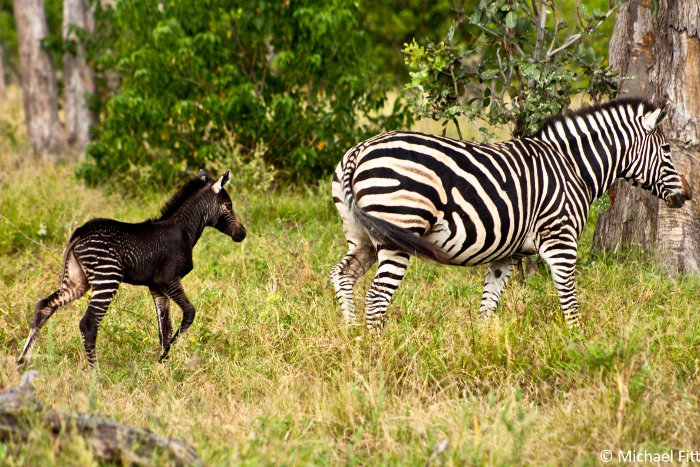Equipment:
- Copper Coin
- Bunsen Burner
- Tripod
- Heat Mat
- Gauze Mat
- 50ml beaker
- Scissor Tongs
- Zinc Metal
- Zinc Nitrate Solution
- Safety Glasses
Now to do this experiment, you will need to put on your safety glasses. After that set up the heating equipment, add 50ml of Zinc Nitrate Solution. Then add the strips of Zinc Metal into the solution, heat up the beaker with a blue flame. When the solution is boiling, add the copper coin to the top of the Zinc Metal and wait for 10 minutes, by using scissor tongs, get the coin and wash it under water. Keep the coin to the scissor tongs and hold the coin in the blue flame. Then you should have a different coloured coin, our coin was a little gold but not that much... But maybe if we could have boiled it for a longer time and maybe put more Zinc Metal Strips, maybe we would have got a different result. Here are some pictures of the experiment. I hope you enjoyed!













